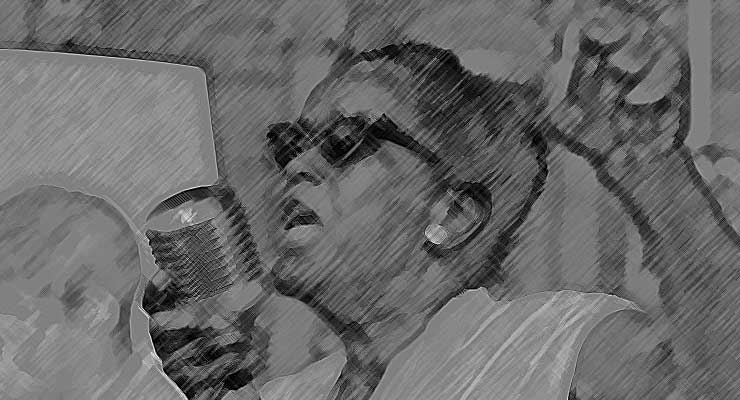
This is the second of three posts on the Inside/Outside Strategy. Also, see the first and last posts in the series at Democracy Chronicles.
Find your partners and dance, dance, dance.
The combined effect of demands, disruptions and visionary examples from the outside with advocacy from inside can create the democratic force so lacking in our formal, largely broken, system of representation. Successful IOS demands the complementary use of both negotiations and dissent. This tactical diversity and flexibility aims to create a push/pull dynamic edging the power center toward a more desirable position.
The challenge is to encourage our wide cast of characters to imagine that they are all part of the same play. Imagine that. I am not defending the climbers in the movement that have capitulated to corporate rule, or accepted austerity, or war and the war on drugs. They have bowed out on their own.
Outside actors can better play their part by movement building and reaching new audiences. And by acting compassionately. The deeply internalized thought structures of racism, sexism, classism, denial and dominion that plague us are never finally resolved and best addressed by collective action not denunciation.
Some outside actors display such self-righteousness and doctrinaire purity, that propping up their radical identity steals the show and ignores their potential audience. Their soliloquy blinds them to the beauty of ensemble, playing with, and off of, other actors rather than to ideology.
While major lip service is given to participatory democracy and social uprisings of the past, many in labor and social movement organizations and liberal establishment act as if they can skip the messy part and rely on lobbying, negotiations or voting alone. At worst participation is viewed as an unpredictable, expensive, or an unwanted strain in their relationships with powerholders.
Mostly, it’s just that encouraging member participation or movement building required long-term investments, and an often lacking eagerness to share power with emerging leaders. Instead, resources are poured into the safety of the inside game while organizing outside pressure is avoided, underworked, or viewed with suspicion.
But, we cannot dance well without partners, even if we do not find them attractive at first glance.
The IOS is a way for us to go beyond either/or approaches to discover the hidden connections and synergies between seemingly disparate movement activities and potential allies. Such an approach appreciates that a spontaneous division of labor exists: different roles aim for different goals with different means.
The IOS embraces the current variations as a signal that politics is occurring in productive ways along a continuum of alternative possibilities.
IOS Organizers
The great organizer Ella Baker provocatively staked out the strategic high ground: “I never worked for an organization but for a cause.”1
IOS depends of the political skill of organizers that can work with many contradictions and tensions. The IOS organizer must master relationships through the art of dialogue and connection, showing the hidden links and synergies between people and ideas.
IOS organizers are liminal figures that straddle political thresholds and borderlines. We meditate the ever-present contradictions between interdependence and opposition by valuing and preserving each community’s differences and power while revealing the universal values and lessons contained in each and every contribution. Damn hard but must be done because every communities contribution is a valuable resource that can, with some translation, be turned into supplies for other freedom movements.
This is challenging work.
In this short guide on coalition building we can see the similarities between successful coalition work and the IOS. Coalitions amplify political power because they can mediate conflicts of interest among various constituencies. Coalitions can articulate a single voice on issues involving the whole community while preserving the distinctive qualities and the political power of the various member groups and constituencies.
As Ella Baker taught, “You’ve got to coalesce from a position of power, not just for the sake of saying ‘we’re together’.”2 The power of coalitions grows to the degree that each group has its own political base. The power of coalitions flows from the age-old political logic that rulers must divide to conquer and that we must unite and coordinate our fragmented and scattered forces to win.
Coalition work is our best school for the IOS.
LINKS:
1. Barbara Ransby, Ella Baker and the Black Freedom Movement, 209.
2. Ransby, 347.
Leave a Reply